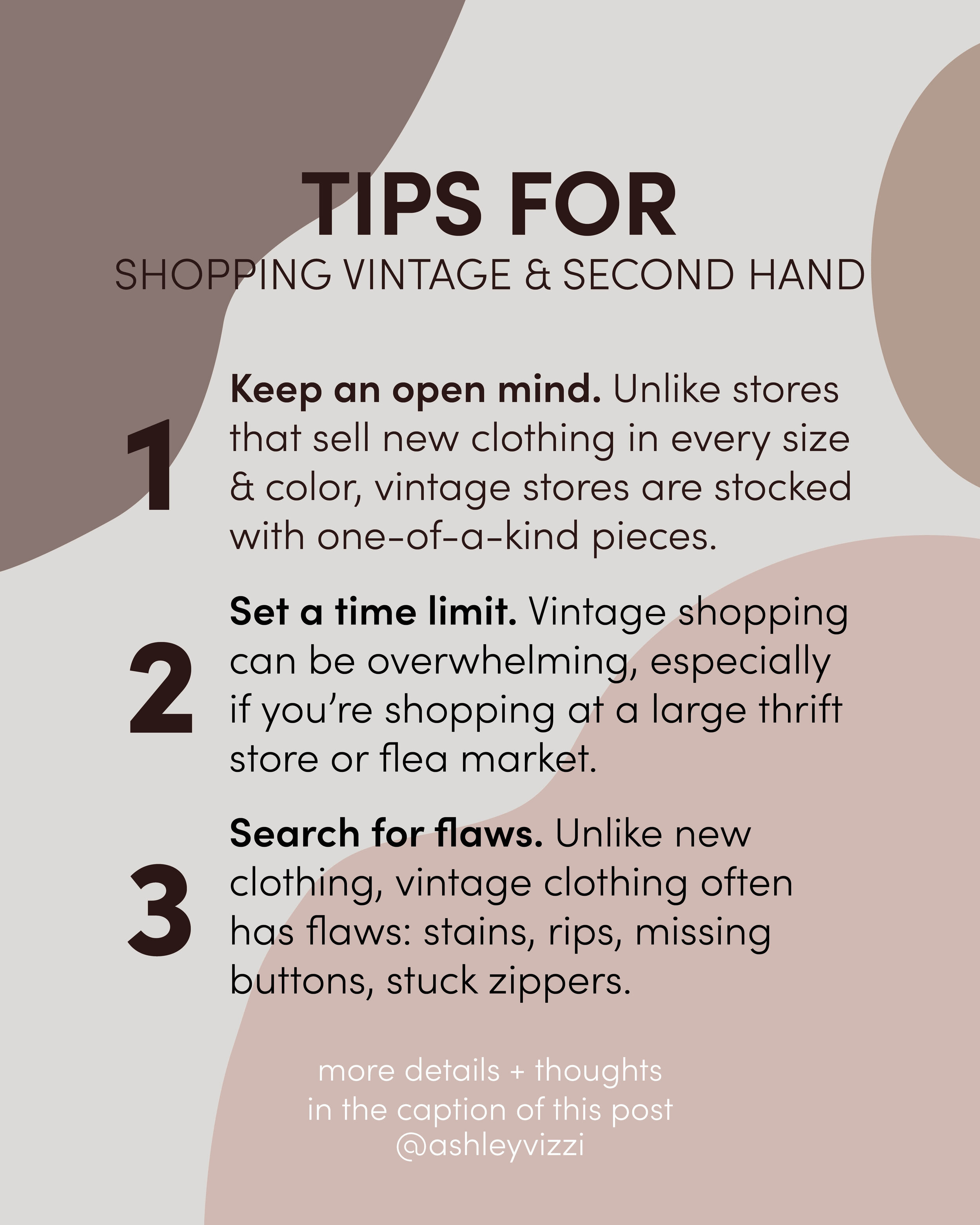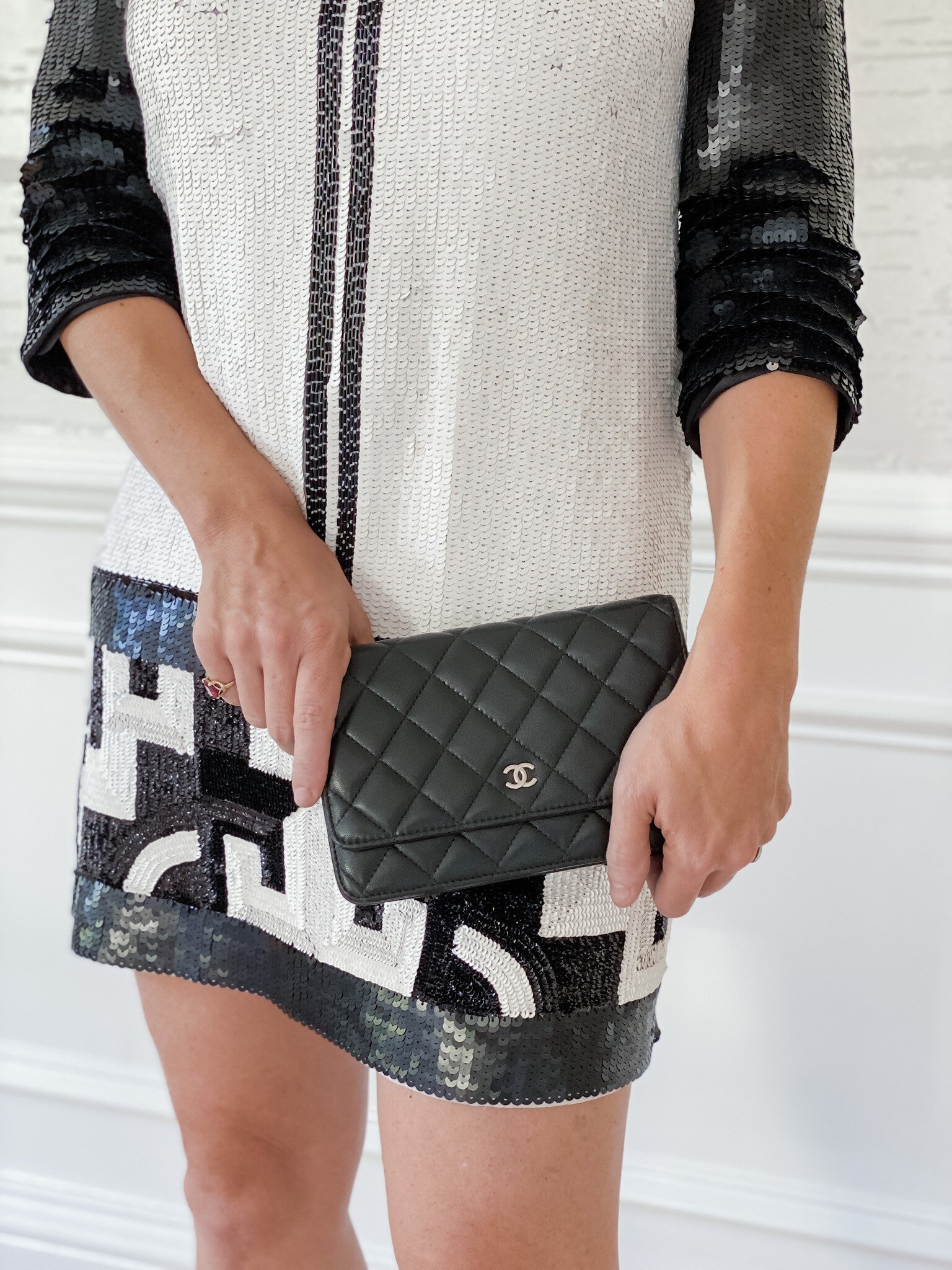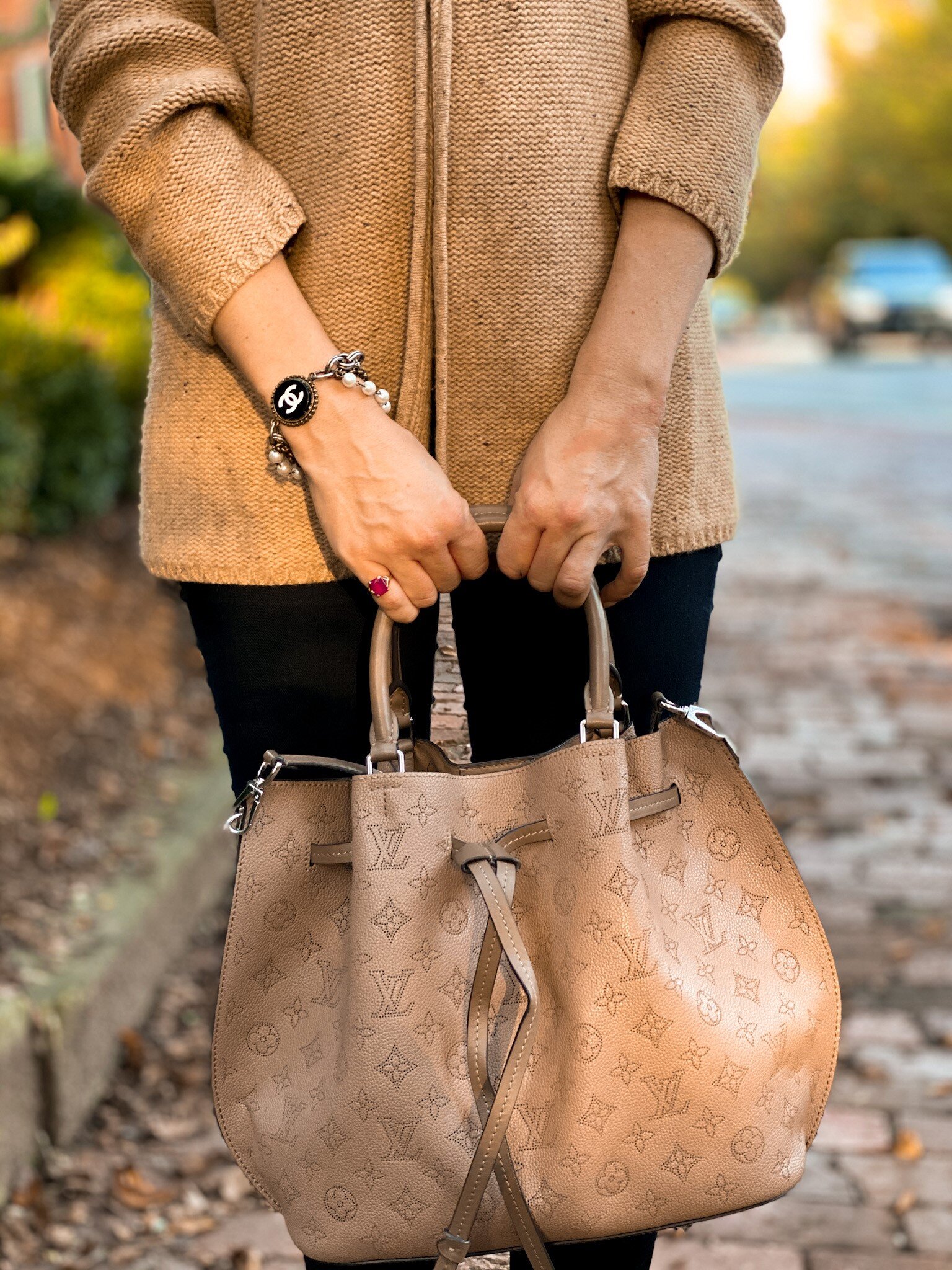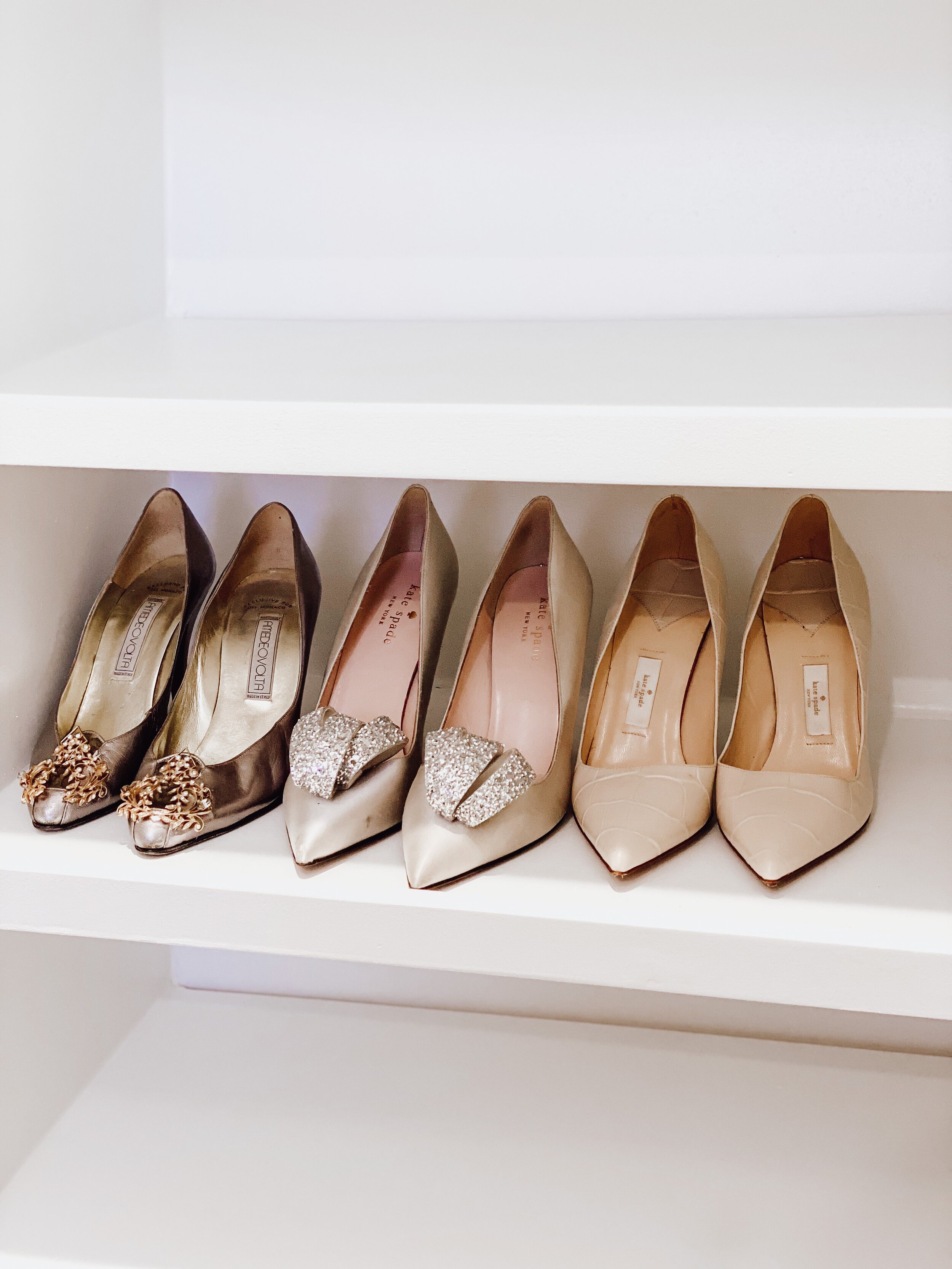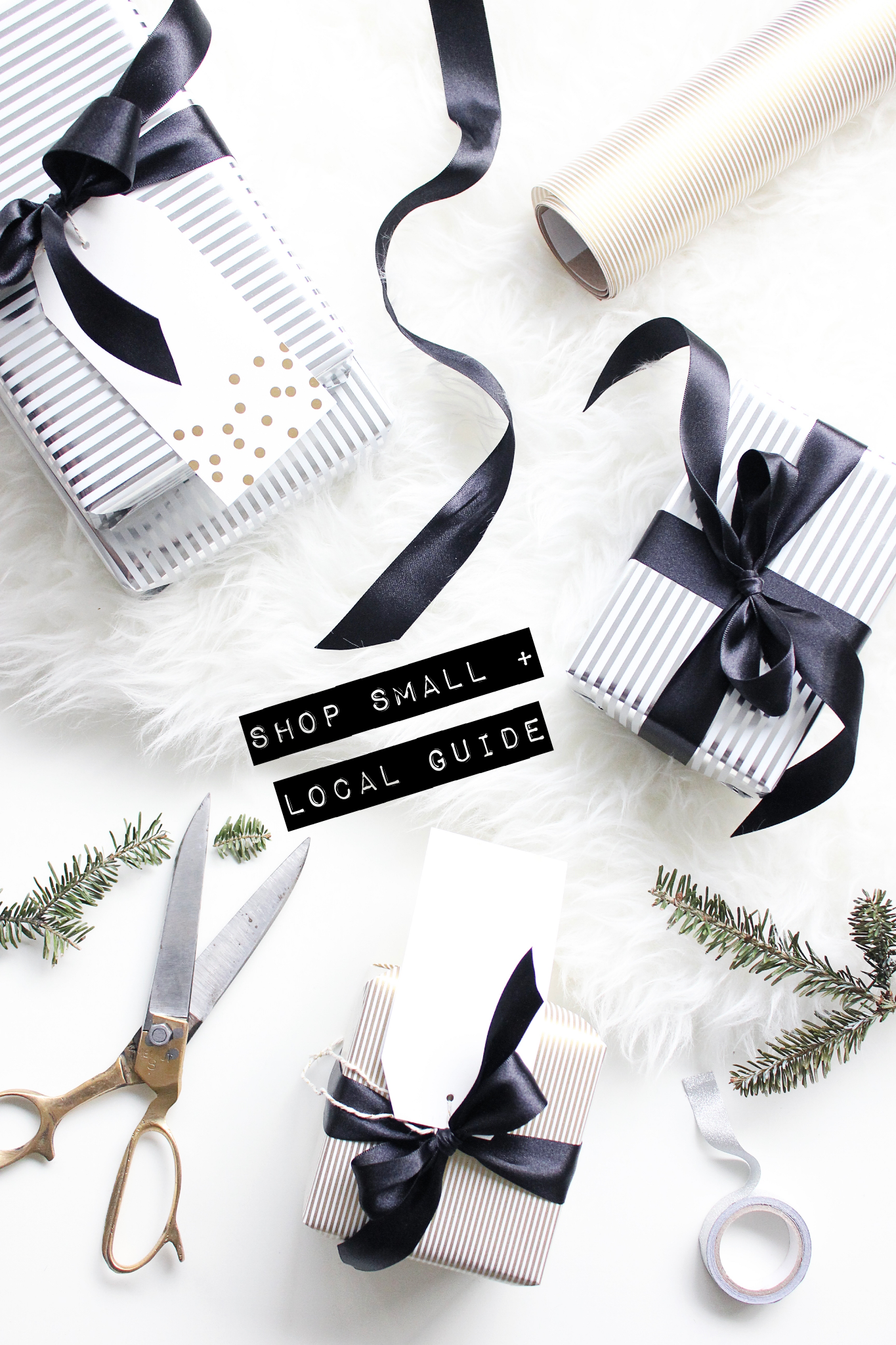How to Shop Vintage & Second Hand
I just love vintage shopping. It is one of my true passions.
There is nothing like finding that special piece that is unlike anything you have seen at the fast-fashion houses or on your friend at lunch. With the rise in sustainable fashion, there is a lot of interest in vintage shopping. Vintage clothing is widely classified as a garment that is 20 years or older. If the item survives beyond 50 years it is called “antique”. Finding designer duds with tags still attached for a fraction of the cost is everything to me. I love the chase! My preferred choice is the luxury consignment boutique. The items are more expensive than a thrift store, but they have already been curated and it is more efficient with my time.
The places I love check out to find vintage clothing are:
Flea markets
Consignment shops
Vintage Boutiques
Thrift store
Online (I think this is challenging unless you are looking for something in particular (Watch, or Handbag where you don’t need to touch and feel it) There is a company online called ThredUp.com to buy and sell your clothes.)
My favorite way to shop is 'in-store' curation process because I can spend time walking through the aisles for inspiration. I’m able to touch and feel the items so I truly can tell the quality of the item vs looking online.
So here are my tried and true tips to shopping vintage.
Keep an open mind. Unlike stores that sell new clothing in every size and color, vintage stores are stocked with one-of-a-kind pieces. Don’t go vintage shopping if you’re looking for a specific item, because you probably won’t find it.
Set a time limit. Vintage shopping can be overwhelming, especially if you’re shopping at a large thrift store or flea market. Since sellers rarely organize by style, the best way to find hidden treasures is to flip through every single piece. One way to avoid vintage shopping fatigue is to set a time limit on your excursion.
Try on anything you like. Sizing between brands varies widely—especially when it comes to vintage clothing. In the past, sizes skewed much smaller, and in addition, washing can shrink pieces. When it comes to vintage shopping, the size on the tag is virtually useless. To know if a garment actually fits, you’ll need to try it on. In cases where a fitting room isn’t available, such as online or at flea markets, your best bet is to know your own measurements. Ask online sellers for exact measurements of the item, and when shopping in person, bring a small measuring tape so that you can measure the items yourself.
Search for flaws. Unlike new clothing, vintage clothing often has flaws: stains, rips, missing buttons, stuck zippers. Before making a purchase, thoroughly inspect your item for any flaws. (If you’re shopping online, look for items with plenty of high-quality images, and ask the seller directly if the item has any flaws). If you fall in love with a flawed item, ask yourself if you can can fix it and you may be able to get a discount on the price.
Also note:
Vintage furs are not likely to be in a condition that will last long because the furs dry out. If you can get two to three seasons out of it, consider it a win. Either way, handle them gently to prolong their life. I love wool coats, too. They are super warm, and the details, it in those 1970s tweed fabrics are awesome.
My favorite thing is spending a Saturday exploring a new town and checking out a few vintage shops with a girlfriend. Try it sometime.. you could end up with some special unique pieces you will treasure!


